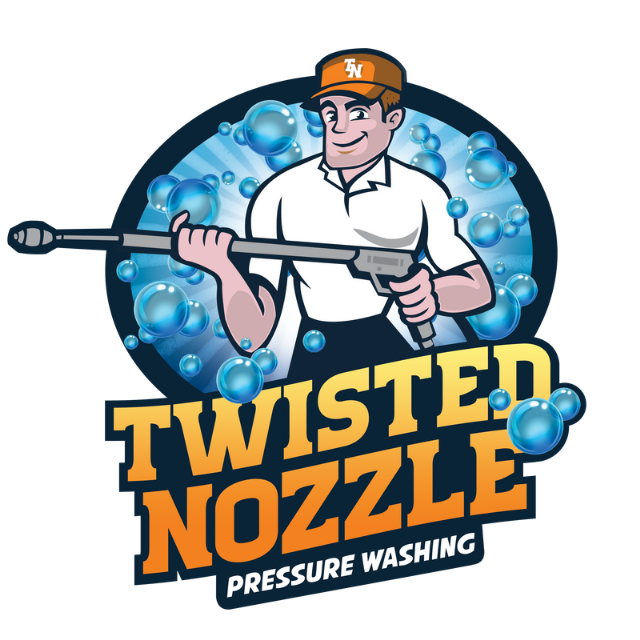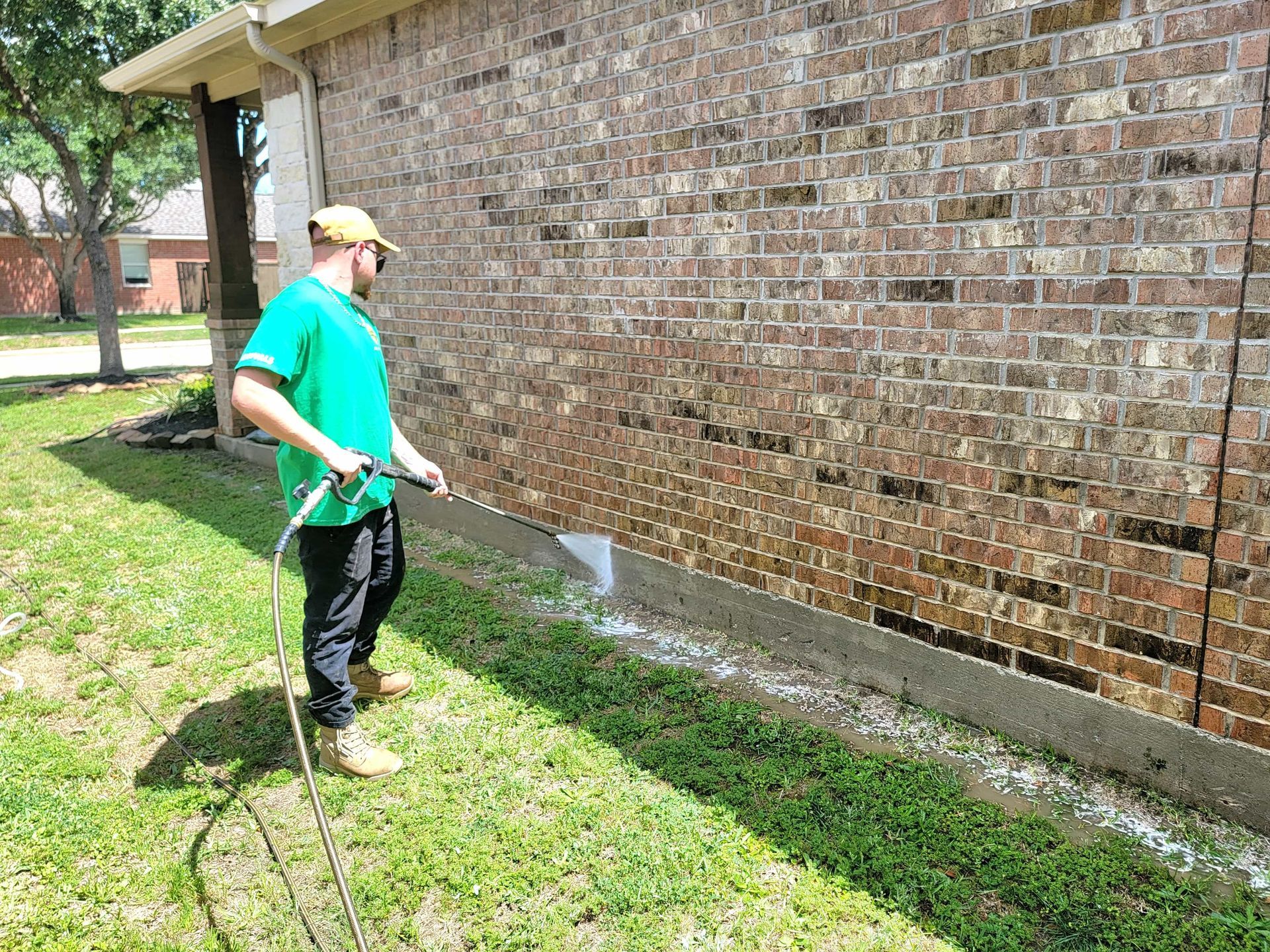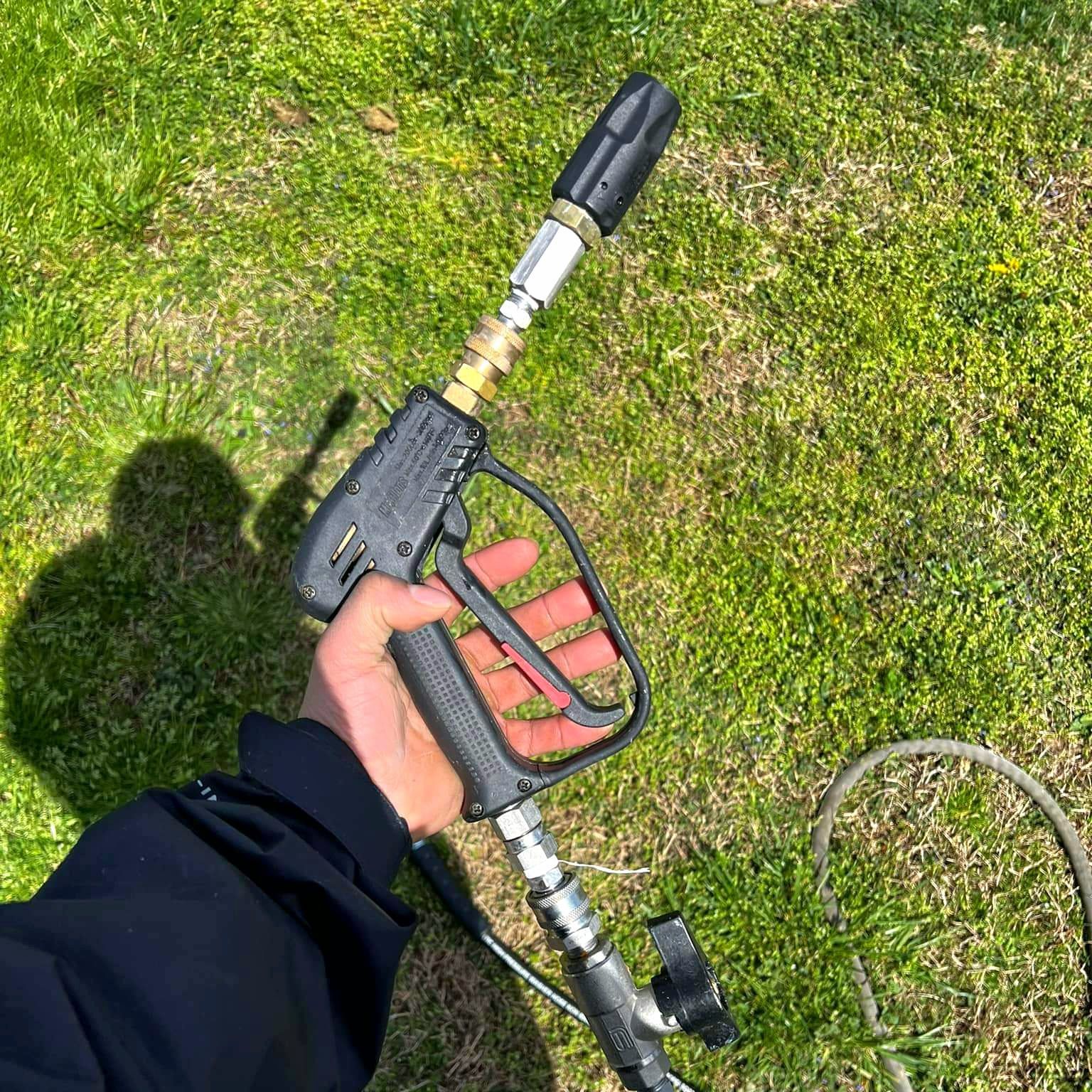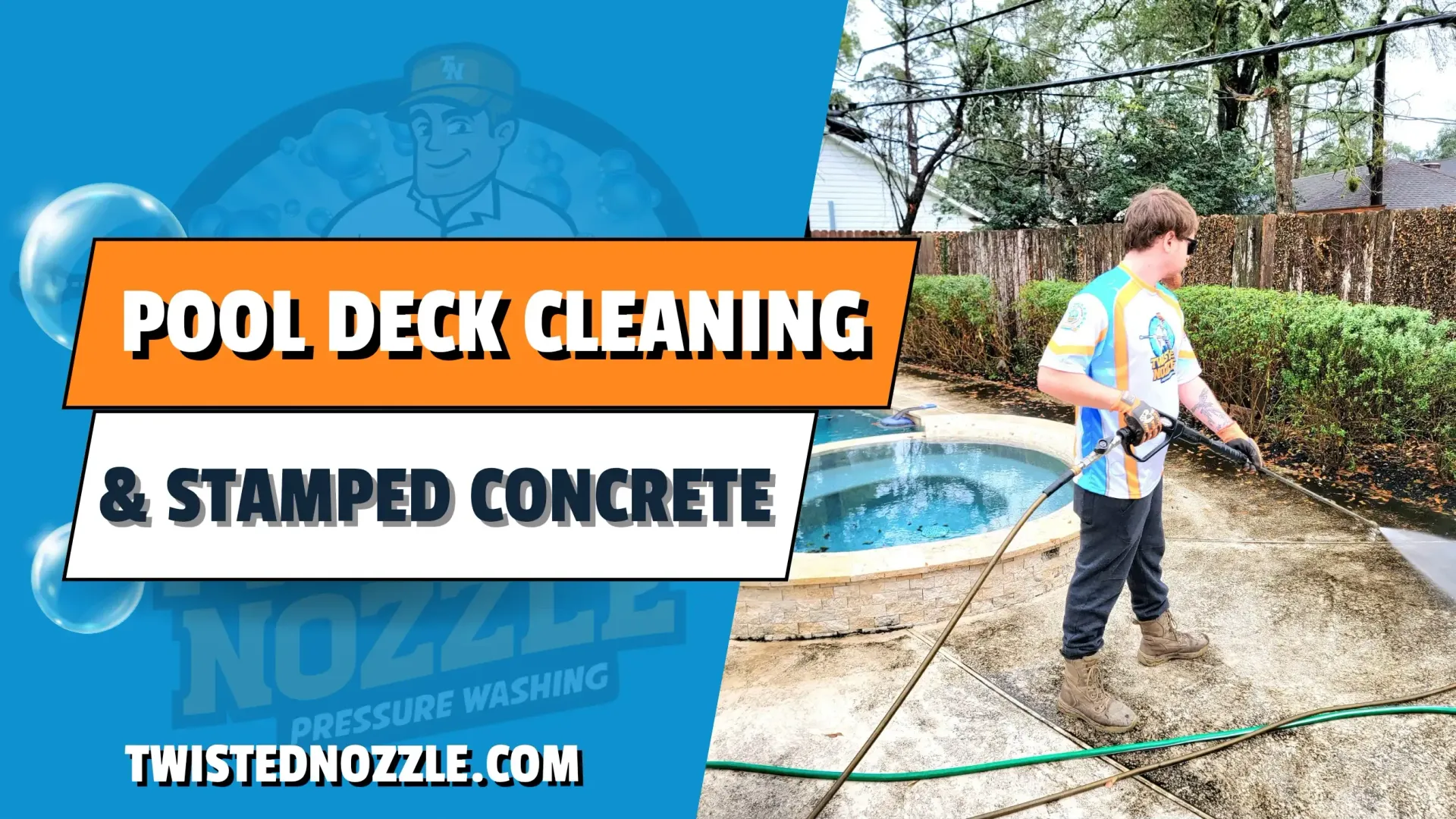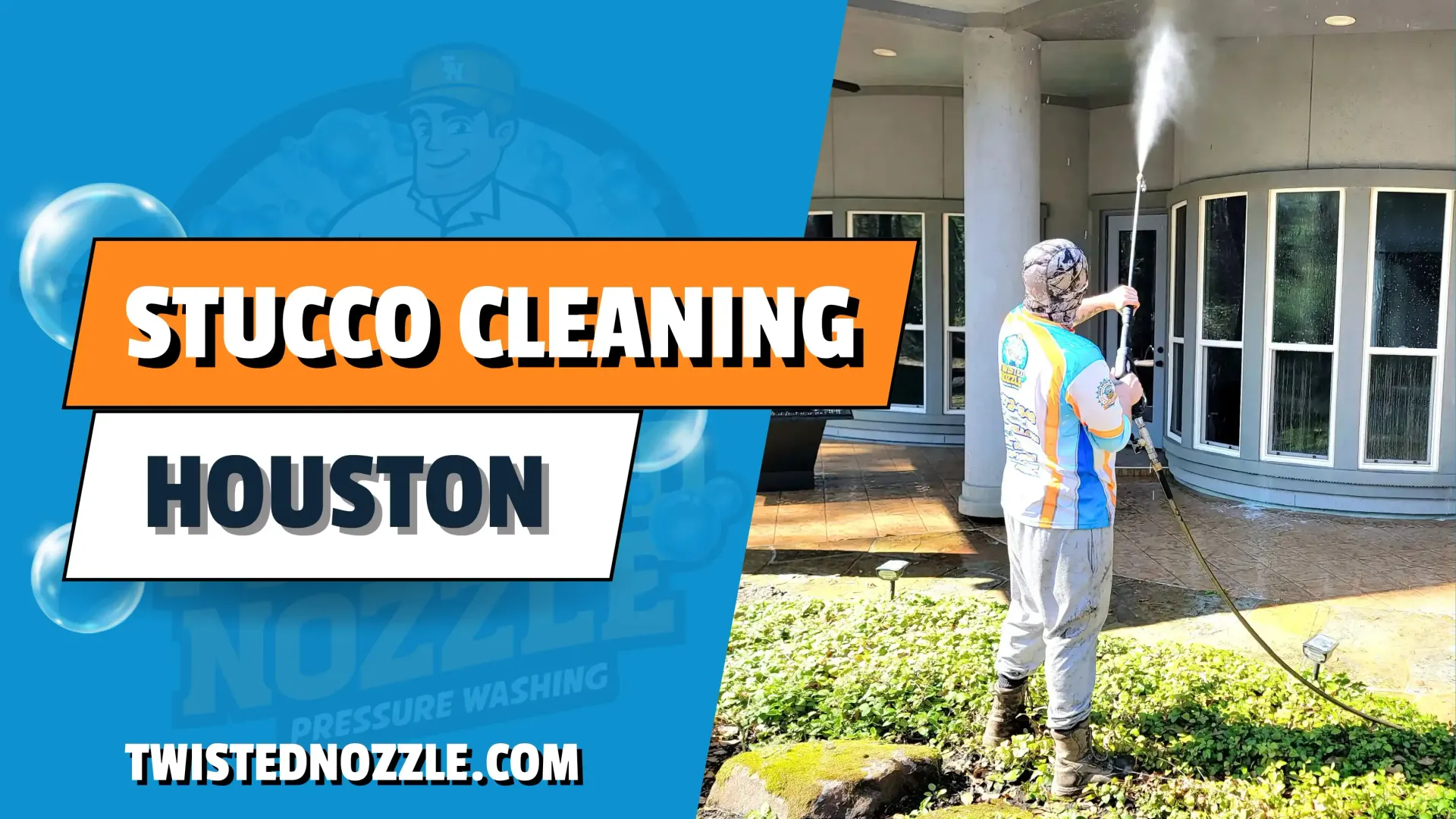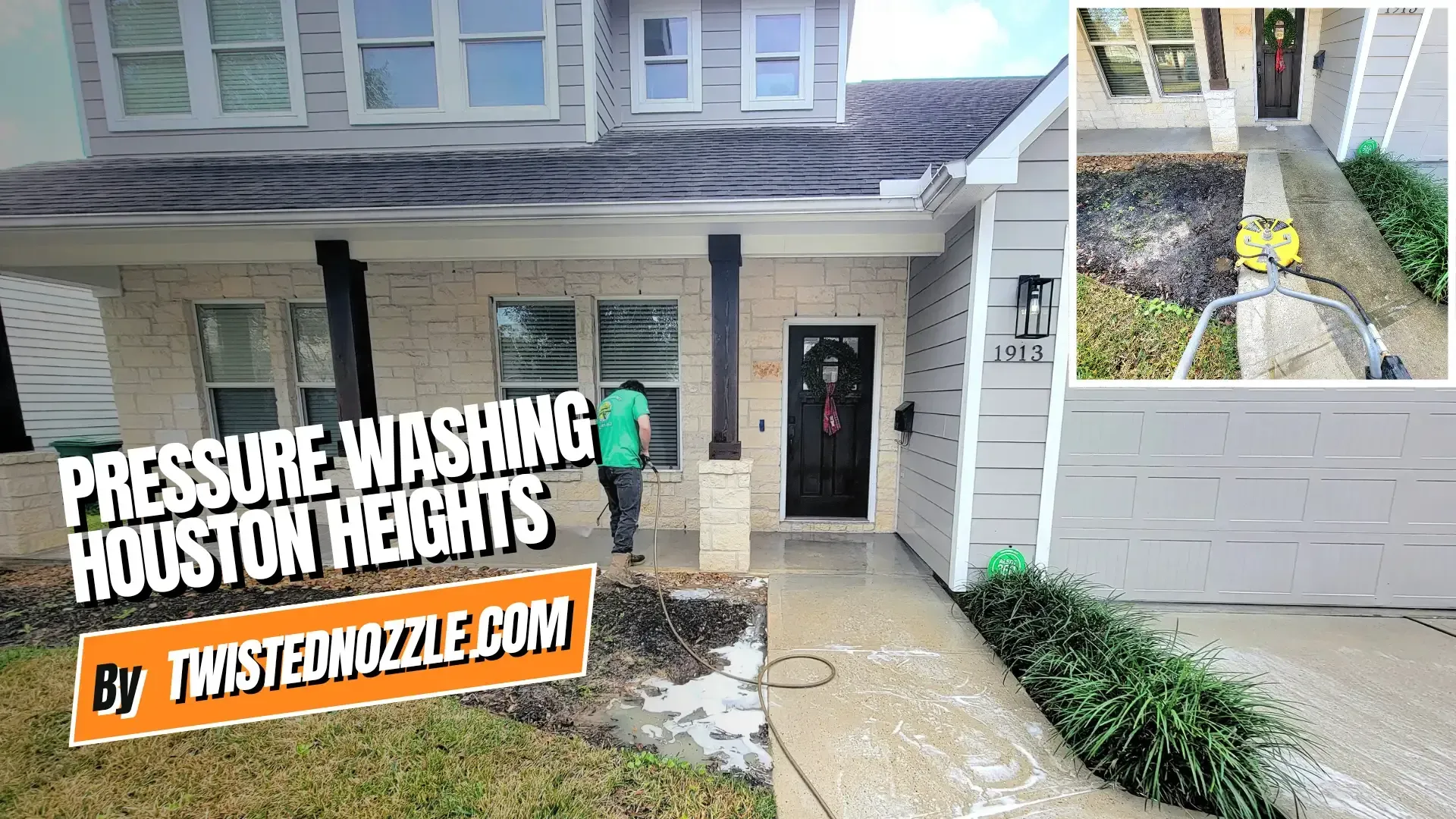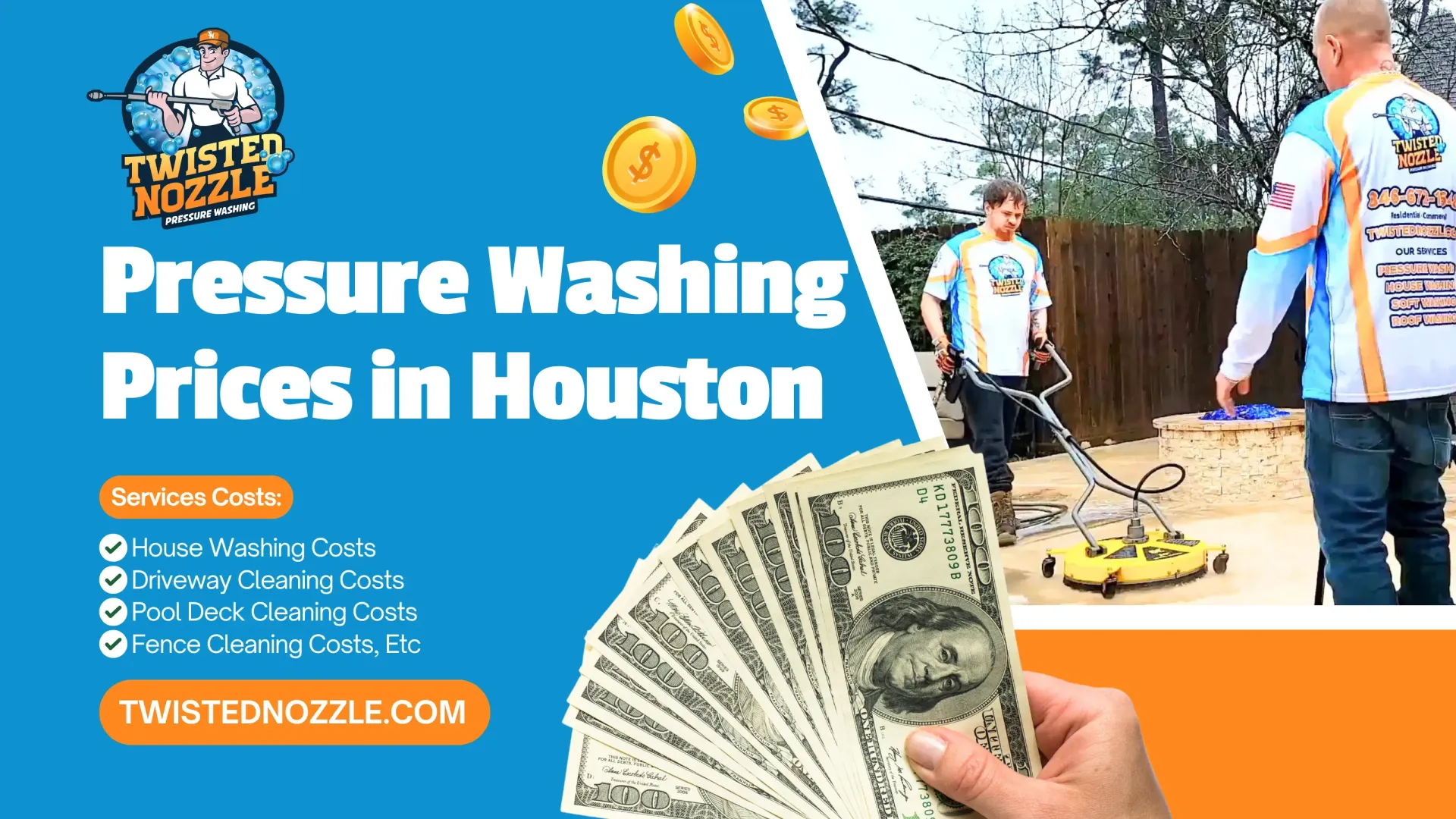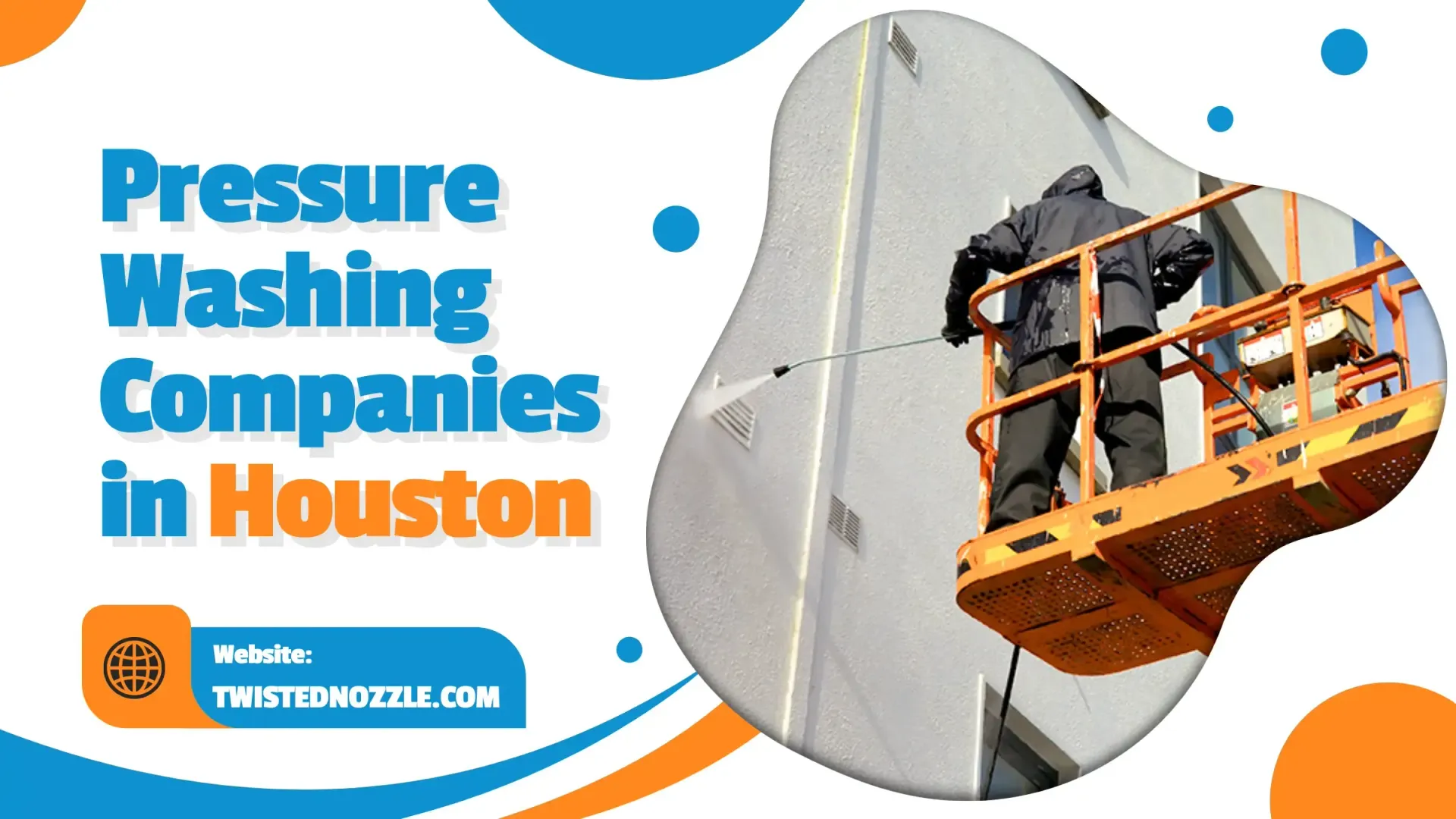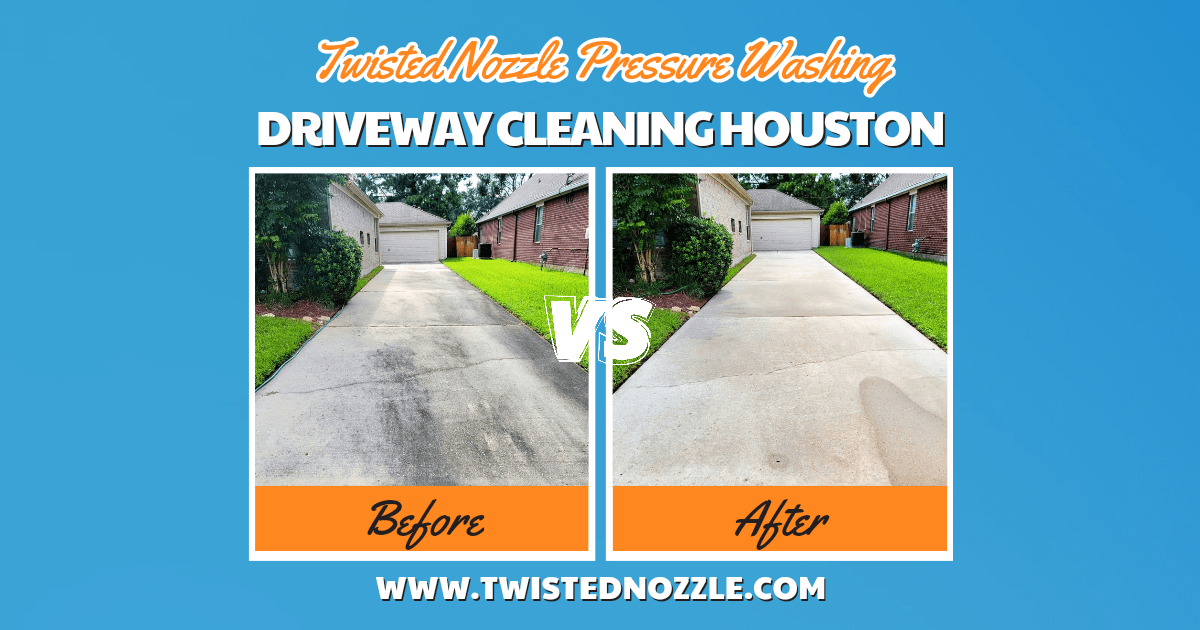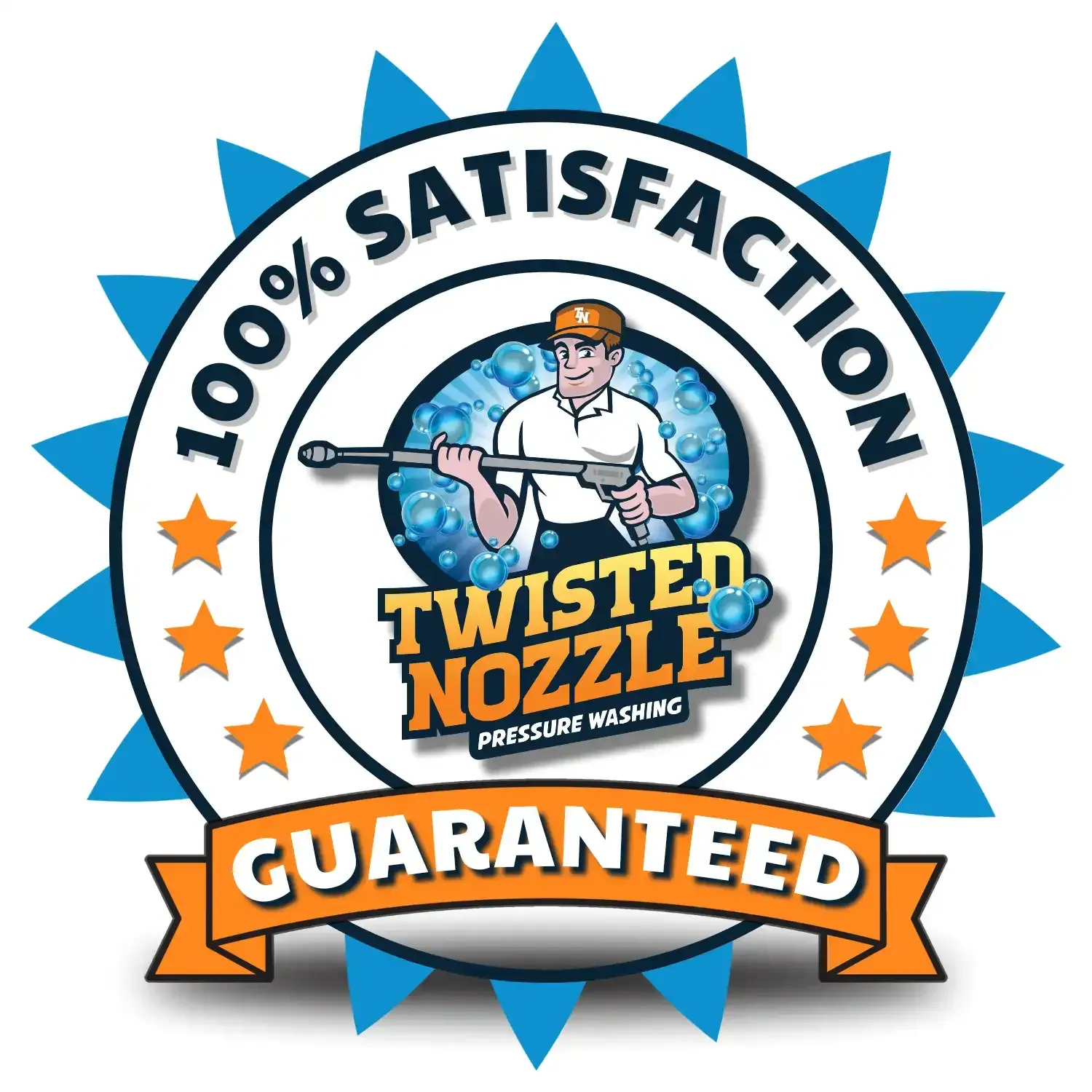Expert Tips for DIY Pressure Washing in Houston
Achieving Pro Level DIY Pressure Washing Results in Houston TX
Embarking on a DIY pressure washing project in Houston TX can be a game changer for exterior house washing. With the right tips and tricks up your sleeve, you can achieve professional results without breaking the bank. Whether you're driveway pressure washing, cleaning your siding, or sprucing up your patio, mastering the art of DIY pressure washing in Houston can yield professional grade results without the hefty price tag.
In this comprehensive guide, we'll dive into expert tips tailored specifically for Houston residents, ensuring your power washing endeavors are not only successful but also efficient and safe.
Choosing the Right Equipment
The foundation of any successful pressure washing project lies in selecting the appropriate equipment. In Houston's dynamic climate, where humidity and varying surfaces are prevalent, opting for a pressure washer with the right specifications is paramount. Look for a machine with a PSI (pounds per square inch) and GPM (gallons per minute) rating that aligns with the tasks at hand. For instance, higher PSI is suitable for tougher stains, while a higher GPM facilitates quicker cleaning.
Moreover, investing in quality nozzles and attachments can enhance your pressure cleaning Houston experience. Adjustable nozzles allow you to customize the spray pattern for exterior house washing, while surface cleaners are ideal for large, flat areas like driveways and sidewalks. Before making a purchase, consider consulting with local experts or reputable suppliers who understand the unique demands of pressure washing Houston.
Preparing the Work Area
Effective preparation is the cornerstone of a successful pressure washing project. Prior to firing up your pressure washer, take the time to meticulously prepare the work area. Remove any obstacles, such as outdoor furniture or debris, that could impede your progress or pose safety hazards. Cover delicate plants and surfaces with tarps or plastic sheeting to shield them from the powerful spray.
Additionally, secure loose items, such as garden ornaments or decorative fixtures, to prevent accidental damage. By adopting a proactive approach to prepping the work area, you not only ensure a smoother workflow but also minimize the risk of unintended mishaps or surface damage during the cleaning process.
Mastering the Correct Technique
Achieving professional grade results with DIY pressure washing hinges on mastering the correct technique. Start by conducting a test patch on a small, inconspicuous area to gauge the appropriate pressure setting and assess the impact on the surface. When ready to commence cleaning, divide larger areas into manageable sections to maintain control and consistency.
Hold the pressure washer nozzle at a slight angle to the surface, approximately 12-18 inches away, and work in overlapping strokes to ensure thorough coverage. Avoid holding the nozzle too close or at a perpendicular angle, as this can result in damage, such as etching or gouging, especially on delicate surfaces like wood or soft stone.
Choosing the Right Cleaning Solutions
While water alone can suffice for routine cleaning tasks, stubborn stains and deep seated grime may necessitate the use of specialized cleaning solutions. In Houston, where factors like humidity and environmental pollutants contribute to surface discoloration and staining, selecting the right cleaning agent is crucial.
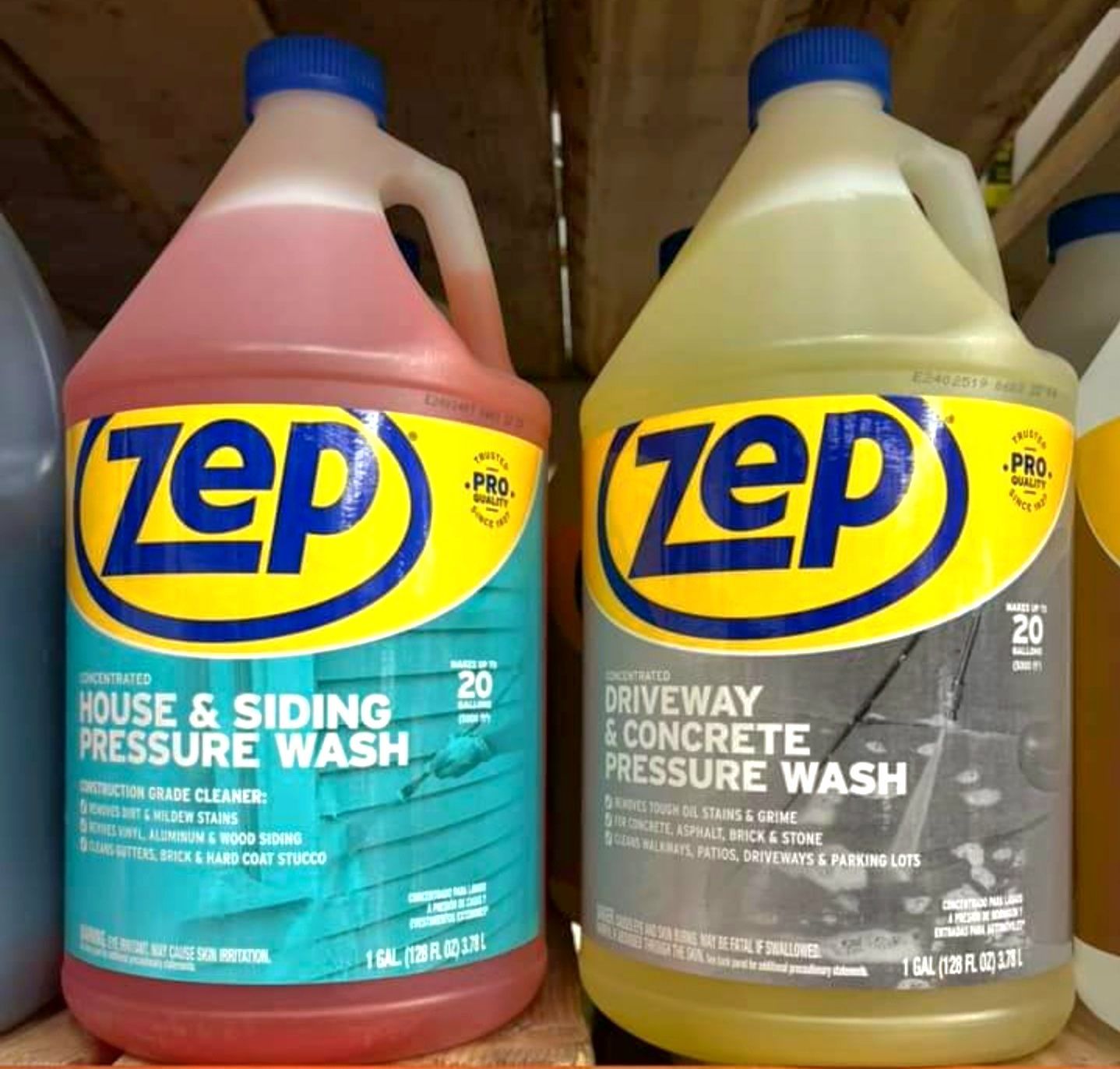
Opt for eco-friendly cleaners formulated specifically for pressure washing applications, as they are gentle on surfaces and environmentally responsible. Zep cleaning products from home depot are a good starting point for homeowners and easily accessible. Always adhere to the manufacturer's instructions regarding dilution ratios and application methods, and perform a patch test on a small area to assess compatibility and efficacy.
Safety First
Prioritizing safety is non negotiable when undertaking any pressure washing project. The powerful spray emitted by pressure washers can pose serious risks to both property and personal safety if not handled with care. Before initiating cleaning operations, don appropriate personal protective equipment (PPE), including safety goggles, gloves, and sturdy footwear.
Exercise caution around electrical outlets, outdoor fixtures, and overhead obstructions to prevent accidents or injuries. Never point the pressure washer nozzle at yourself, others, or pets, and maintain a safe distance from bystanders to avoid accidental spray contact. By adhering to stringent safety protocols, you safeguard both yourself and your property from potential harm.
Post Cleaning Maintenance
Completing the pressure washing process marks the culmination of your hard work, but it's essential not to overlook post cleaning maintenance tasks. Take the time to properly clean and store your equipment, flushing out any residual cleaning solutions and ensuring all components are free from debris or blockages.
Conduct a thorough inspection of the cleaned surfaces to identify any areas that may require touch-ups or additional treatment. Addressing minor imperfections promptly can prevent them from escalating into more significant issues down the line, preserving the integrity and aesthetics of your home's exterior.
Final Thoughts
Armed with these expert tips, you're ready to tackle DIY pressure washing in Houston like a pro. By choosing the right equipment, preparing your work area, using the correct technique, selecting the right cleaning solutions, prioritizing safety, and following up with post-cleaning maintenance, you can achieve stellar results and breathe new life into your home's exterior.
We’d love to hear about your pressure washing experiences and any additional tips you might have! Leave a comment below to share your thoughts and join the conversation. Happy Pressure Washing Houston!
Twisted Nozzle Pressure Washing
www.twistednozzlepressurewashing.com
DIY Pressure Washing FAQs
Contact Twisted Nozzle
SHARE THIS BLOG
LATEST PROJECTS

